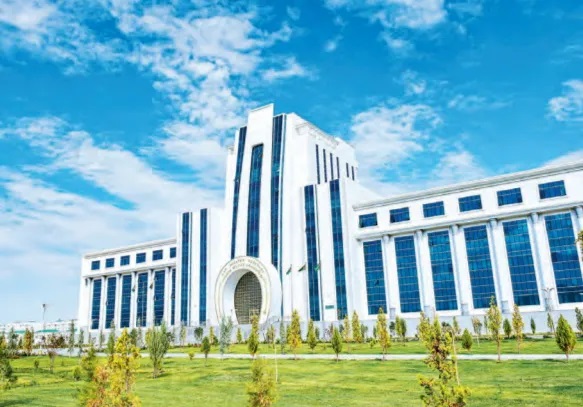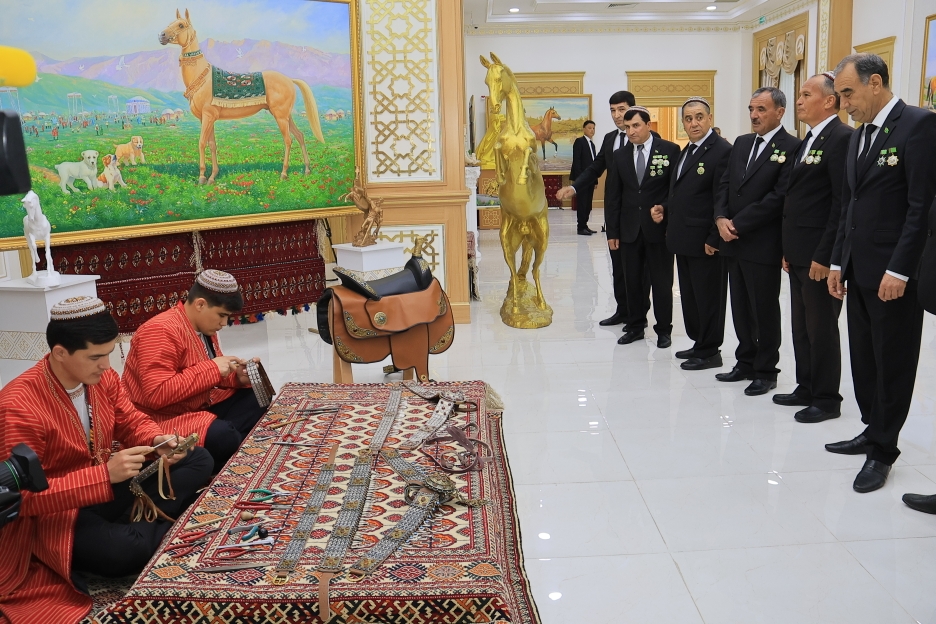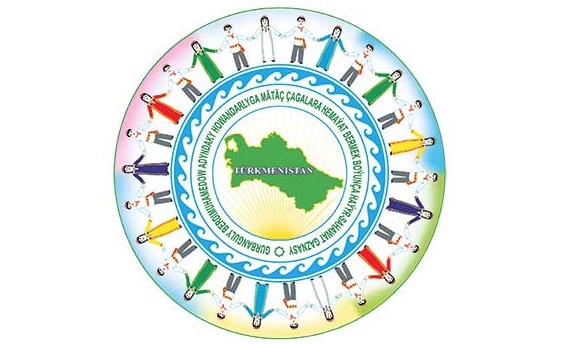Nowadays Dehistan is a clayey great plain situated near the Caspian Sea. The architectural historians, fine art experts and plain pilgrims, who reaches these places, can enjoy seeing the majestic remains of ancient towns, ancient mosque and ancient mausoleums. One of the largest monuments in this site is Misrian town appeared in the oasis area in 8th century CE.
The town consisted of shakhristan – a citadel with a strong fortified wall around it and rabat – a densely populated suburb. A well-known Shir-Kabir mausoleum, built between eleventh and twelfth centuries, two minarets, height of which reaches 25 meters, ruins of the fortified walls, remains of caravan-sarays and mausoleums, located on Mashat necropolis are extant to this day. Some extant buildings impress by the extraordinary beautiful glaze patterns.
There were found the ruins of more than hundreds of brickmaking workshops and many ceramics in town. The artefacts made it possible for the archeologists to assess with confidence that Misrian was a large artisanal settlement. ceramics that were found here, according to specialists, strike with fineness and high level of art painting.
Discovered here sewerage system is an evidence of the high development level of local people. Even the remains of antient baths were found here.
The ruins of caravan-sarays define location of gates on the town wall. It helped to determine a direction of the caravan tracks leading from town. Indeed, during its heyday Misrian was a large center of trade in the region, being located on caravan track between Khorezm and Persian Hyrcania.
The town reached its full flowering during the reign of Khorezmshah. Misrian existed up to 15 century, when it was abandoned after there was no more water.
The town and ancient oasis present the historic and archeological value, being a unique material for study of history of ancient Turkmenistan.
Roman Teplyakov






